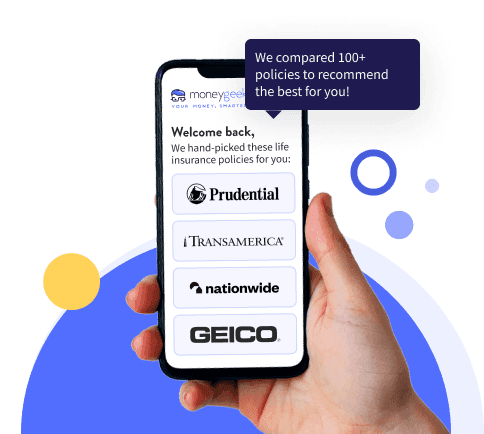A renewable term life insurance policy is a type of term life insurance that provides coverage for one year at a time. You can renew your policy annually without taking a new medical exam, so you'll keep your coverage even if your health changes.
The key difference between annual renewable term (ART) life insurance and other term policies is how premiums work. Level term insurance locks in your rate for the entire term (10, 20 or 30 years). With ART policies, your premiums increase yearly as you age and the risk grows.
Note: Life insurance rates and availability vary by state, age, health and other factors.











